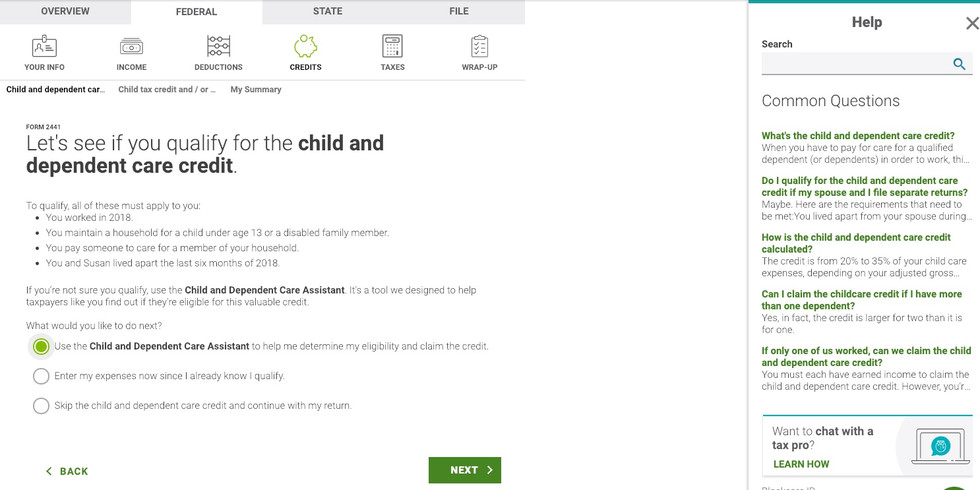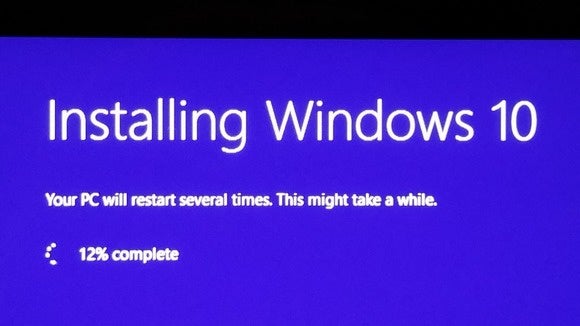

It is capable of low-latency streaming, a considerable advantage for broadcasters transmitting actual events in real time. In the context of its new position in live streaming, RTMP is significant, but its reach is considerably narrower than it formerly was. RTMP’s primary function in current live streaming setups is to transfer material from an encoder to an online video server.


Large amounts of audio, video, and data can be efficiently transmitted from a server to the Internet using this TCP-based network protocol. With the help of low latency connections, you can broadcast music and video using the Real-Time Messaging Protocol (RTMP) from Adobe. Now that you understand a protocol, it is time to learn more about the Real-Time Messaging Protocol (RTMP) and examine its characteristics, advantages, applications, and a few alternatives on the way. What precisely is a Protocol, then? So, a consistent collection of rules and principles for formatting and processing data is known as a protocol. The word protocol may sound familiar if you frequently use the internet and the latest apps.


 0 kommentar(er)
0 kommentar(er)
